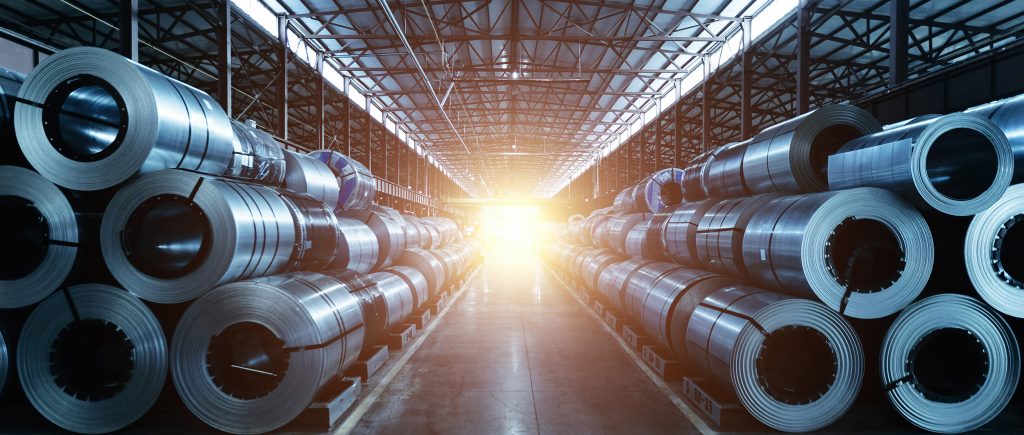As October 2025 unfolds, the global steel market faces renewed tension as both the European Union and the United States double down on protective measures, each pursuing distinct strategies with far-reaching consequences.
The European Union has announced a sharp reduction in steel import quotas—nearly 50%—while imposing tariffs of up to 50% on volumes exceeding these limits. The move targets low-priced Chinese steel and other non-EU producers, aiming to shield domestic manufacturers from the effects of overcapacity and subsidized foreign production.
Current EU safeguards are set to expire in mid-2026 under World Trade Organization rules, prompting the European Commission to act preemptively. Industry voices have long criticized existing quotas as excessive, exceeding original levels by 26%, while declining EU demand and global overproduction intensify pressure for tighter restrictions. The EU’s planned policy, part of a broader steel sector framework to be announced on October 7, 2025, also hints at protective measures for aluminum and potential export taxes on scrap metal, signaling a comprehensive industrial defense strategy.
Across the Atlantic, the United States maintains an aggressive stance that has defined its trade policy for years. Tariffs on steel imports, particularly from China, remain high, with current rates at 55% and the possibility of escalating to 145% if bilateral negotiations fail. This strategy, rooted in national security concerns and efforts to address trade imbalances, continues to safeguard domestic production against perceived unfair competition. The U.S. approach is distinct from the EU’s quota-based system, relying instead on broad tariff enforcement to deter low-cost imports while protecting the domestic market.
The contrast between EU and U.S. policies illustrates diverging philosophies toward industrial protection. The EU leverages quotas and targeted tariffs to balance market access and domestic safeguards, while the U.S. prioritizes aggressive tariffs to impose strategic leverage in trade negotiations. Both strategies reflect a common concern: preserving domestic steel industries in the face of global overcapacity and geopolitical tensions.
Financial markets are already responding to these developments. Investors are closely monitoring the performance of sector-focused ETFs, such as the SPDR S&P Metals & Mining ETF (XME) and VanEck Steel ETF (SLX), anticipating supply disruptions and price volatility. Manufacturers, traders, and industrial consumers are assessing the potential reshaping of trade flows, while analysts weigh the broader economic implications, from construction costs to global supply chain adjustments.
With both economic giants pursuing robust industrial defense measures, the global steel landscape is entering a period of uncertainty and heightened scrutiny, underscoring the strategic importance of this fundamental commodity in international trade and economic policy.

 Noor Trends News, Technical Analysis, Educational Tools and Recommendations
Noor Trends News, Technical Analysis, Educational Tools and Recommendations




